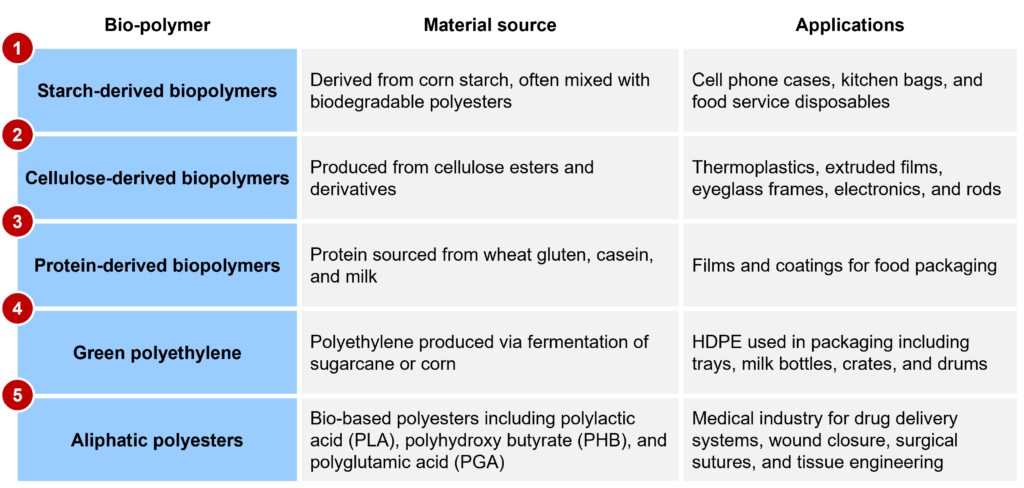Under the Biden administration, the U.S. has re-enrolled in the Paris Agreement, while announcing a new target of cutting 50-52% of greenhouse gas (GHG) emissions from 2005 levels by 2030. Sustainability has become a top priority for governments and corporations worldwide, with significant support from consumers looking to remove single-use plastics and non-biodegradable materials from their lifestyle, thus lowering GHG emissions.
The U.S. Pacific Northwest and southwestern Canada reported record-breaking high temperatures of over 40 °C in June. Europe also reported its second-warmest June ever recorded, this year. Owing to temperature rises, talks about climate change have resumed after being paused due to the COVID-19 pandemic. ADI has been closely following efforts and goals towards recycling and circularity by major chemical companies but recycling is only one part of the solution to plastic waste.
An effective solution to the plastic waste problem will begin with better product design and careful selection of materials that are easier to collect, sort, and recycle. Since recycled materials must compete with virgin materials in terms of price, quality, and quantity, it is important to optimize all these aspects. Bio-based plastics or polymers that are based on natural sources such as sugar (from sugarcane), starch (from corn), cellulose (from wood), or vegetable oil (from crop) derivatives are growing.
Bio-based polymers can be natural or synthetic. Polymers synthesized from living organisms include polysaccharides, cellulose or starch, proteins, and bacterial polyhydroxyalkanoates. On the contrary, polymers derived from renewable resources by chemical process are known as synthetic polymers, and include for example, polylactic acid (PLA) which is made from lactic acid from corn starch hydrolysis. Exhibit below summarizes types of biopolymers and their applications.

Exhibit 1. Types of biopolymers and their applications
Based on their end-of-life plan, bioplastics can be categorized as degradable, biodegradable, or compostable. A material is considered biodegradable if it degrades within a relatively short period of time. Degradable plastics include all types of plastics including petroleum-based products because given the right amount of time and conditions, they will eventually break down into tiny fragments, although, most will end up polluting the environment.
Biodegradable and compostable materials can both be easily broken down by microorganism such as bacteria, fungi, and algae. While biodegradable materials will be broken down into water, carbon dioxide, methane, biomass, and organic compounds, compostable materials on the other hand will decompose into nutrient-rich biomass leaving no toxins in the environment. The latter can be composted naturally in home gardens or in a specialized facility at high temperatures.
ADI Chemical Market Resources has been closely following investments and innovation in the space of bio-based polymers such as primary packaging company, Baralan, which is introducing a bio-based packaging series for skincare, fragrance, and makeup products and the French cosmetics company, Sarbec, which is introducing a PE bottle linked to renewable materials that offers a carbon footprint reduction of up to 75%. Contact us to learn more.
By Panuswee Dwivedi and Uday Turaga

